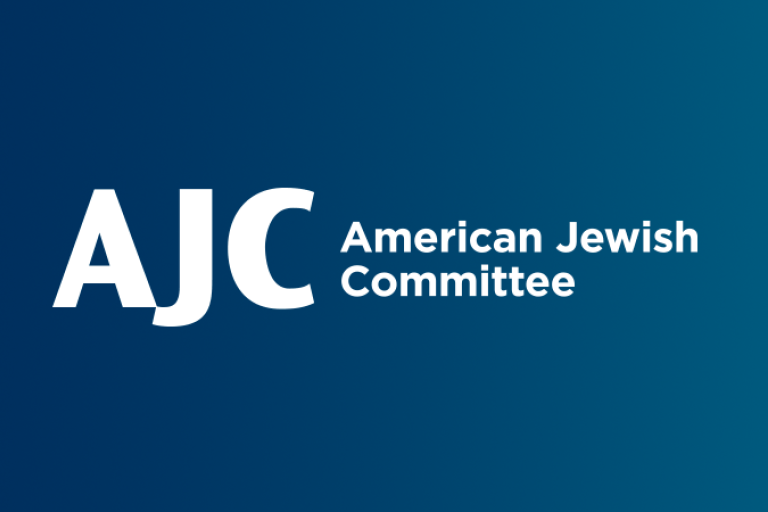January 10, 2020 — Washington, D.C.
Jason Isaacson, AJC’s Chief Policy and Political Affairs Office, delivered five strong policy recommendations to members of Congress to combat the epidemic of antisemitism in New York and across the United States.
“We all need to send the message that antisemitism in any form is unacceptable, that there is no room in these United States for bigotry or prejudice,” said Isaacson in remarks before the House Homeland Security Subcommittee on Intelligence and Counterterrorism. Isaacson was invited to brief members of the panel ahead of the subcommittee’s January 15 hearing on Antisemitic Domestic Terrorism and Government’s Response.
Isaacson acknowledged that subcommittee members, as well as members of the Bipartisan Taskforce for Combating Antisemitism, are cognizant of the spike in attacks on Jews in New York and across the country. The cumulative incidents and ongoing threat of more, he emphasized, have introduced “an unprecedented level of fear into a metropolitan region that, next to Tel Aviv, has the world’s largest Jewish community -- some 15 percent of all Jews alive today.”
The question that will be central to next week’s hearing, said Isaacson, is essentially this: In light of what Congresswoman Nita Lowey and AJC CEO David Harris described in their New York Times column as an “epidemic” of antisemitism, what can government do to treat this age-old, pernicious, sometimes fatal, social disease, and halt its spread?
AJC’s five-point plan, as presented by Isaacson, is:
First, provide additional resources for community protection, building on the 50 percent increase in DHS security grants for nonprofits provided by Congress in Fiscal Year 2020 appropriations.
Second, close the vast gaps in reporting on hate crimes across America. AJC urges support for H.R.3545, the NO HATE Act, introduced by Representatives Don Beyer and Pete Olson, which would link hate crime reporting to Department of Justice training grants and other resources. Currently, the FBI relies on voluntary submissions of hate crimes data from local and state law enforcement agencies. Inaccurate, incomplete, and simply absent hate crime reporting has stymied efforts to fully comprehend and formulate responses to this social pathology.
Third, there needs to be greater consistency in the prosecution of hate crimes. In this context, AJC has sent a letter to New York Governor Andrew Cuomo urging changes in the state’s just-enacted bail reform law, which have the perverse effect of favoring perpetrators over victims of antisemitic hate crimes.
Fourth, better understanding of the multiple sources of antisemitism is essential to confronting the epidemic. Government can act, enlighten, and expose the lies of the haters. Hate-crime perpetrators can be rehabilitated during and following incarceration.
Social media platforms can be pressed to much more rigorously, with far greater research and resources, enforce community standards and make online antisemitism and other bigotries rare, rather than commonplace. Schools, particularly in areas where hate crime has spiked, can rise to the challenge. For example, the New York City Department of Education has introduced curricula on the historical context and current effects of antisemitism in middle and high schools in Williamsburg, Crown Heights, and Borough Park, three neighborhoods with large Jewish populations. This initiative need not be confined to Brooklyn or to the New York metropolitan region.
Finally, government officials individually and institutionally can respond to hate suffered by the Jewish community, and hate directed at other communities, by joining with civil society leaders in modeling socially conscious, mutually respectful, behavior. In an era when disparaging your neighbor draws a big crowd, while being kind doesn’t make the cut, it may sound wistful and naïve to promote civility, to appeal to decency. “America needs to re-install those social guardrails,” said Isaacson.
Read in full Jason Isaacson’s remarks to the House Homeland Security Subcommittee on Intelligence and Counterterrorism.

